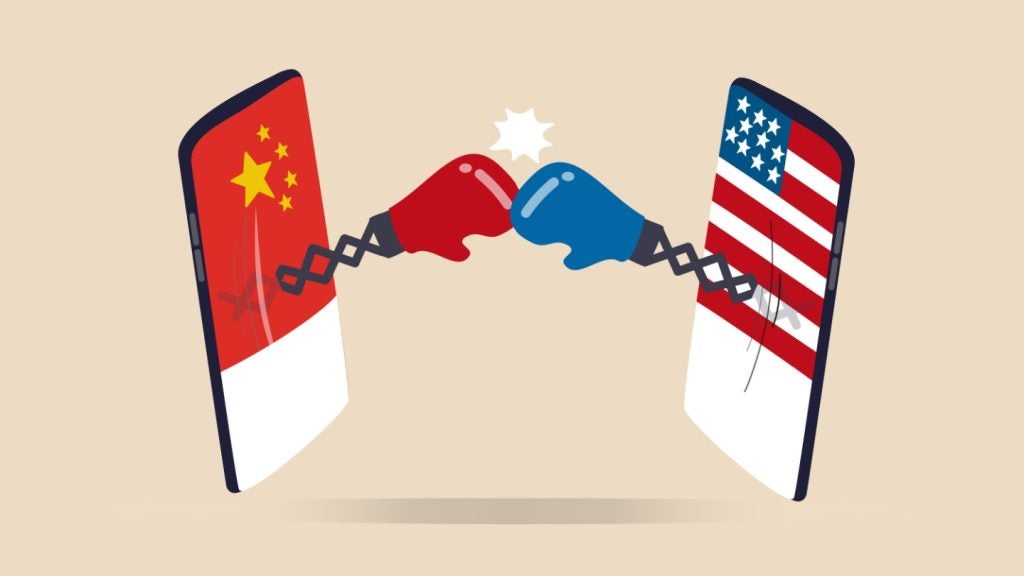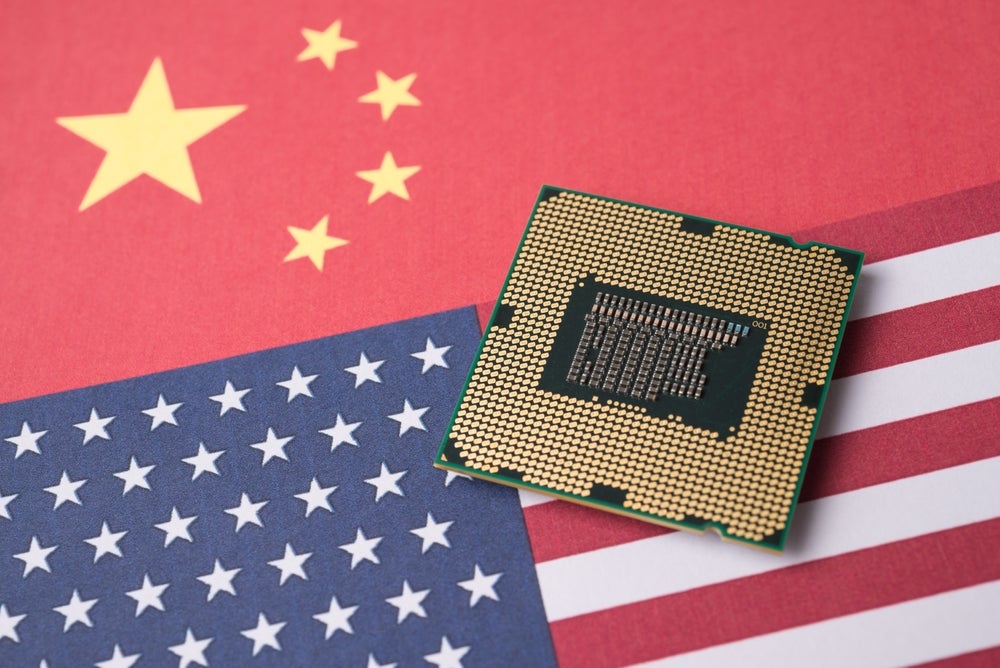
It’s 30 years since stock markets around the world suffered one of their worst days ever, with the US Dow Jones Industrial Average dropping the most in one day — 508 points, 22.6 percent — in what became known as Black Monday.
London’s FTSE 100 plunged some 11 percent with further falls the following day.
Yesterday however the Dow closed above 23,000 for the first time, climbing from 22,000 in just over 50 days. The S&P 500 and Nasdaq also hit record closing highs while in the UK the FTSE 100 index has been regularly breaking new ground for months.

Black Monday entered the history books as the first market crash that involved computer-driven trading gone wrong. Now we traders and stock markets are almost entirely dependent on tech and algorithms to drive markets.
Though the exact reason for Black Monday’s dive has never been identified, computer trading — notably ultra-high frequency trading made infamous by Michael Lewis’ book Flash Boys — is thought to have exacerbated selling, pushing prices lower.
It should be noted that a slowdown in the US economy, falling oil prices, and escalating tensions between Iran and the US have also been pointed to as possible causes for the sudden sell off — most likely of course is that it was a perfect storm of all of these things.
Now many analysts expect the market to keep climbing, at least for the next year. However, the S&P 500 is trading at 31 times its average earnings over the last 10 years, according to data compiled by Yale economist Robert Shiller — the highest level since the summer of 2001, when the dot-com bubble was deflating.
But the markets are far different from how they were structured in 1987. The banking system has been made more resilient in the wake of the 2008 financial crisis, there is more and better regulation, and people are far more aware of the controls in place to stop huge trading falls.
But risk remains. The market now lives in fear of the so-called flash crash like the one in May of 2010 in which the the Dow had its biggest intraday point drop, plunging 998.5 points (about nine percent), within minutes.
It was found to be caused in part by London-based trader Navinder Singh Sarao, using spoofing algorithms — trades he placed intending to cancel after they had moved the market.
While the techniques he used have been banned, the market is still vulnerable to similar trades.
Beyond equity
While equity is expensive to the point of being exponentially overvalued — bond yields are extraordinarily low. The UK’s 10-year guilt had a yield of more than 10 percent in 1987, but today is closer to one percent.
Those low rates meant bonds were paying little in interest, and investors moved into stocks in search of greater returns.
Meanwhile, the Fed is tightening. The Federal Reserve slashed short-term interest rates to near zero in response to the 2008 financial crisis — ensuring banks put their money to work by lending it and keeping costs for businesses and households low. It also took the unprecedented step of purchasing trillions of dollars of bonds.
Almost two years ago it began raising interest rates and wants to return to some kind of so-called fiscal normality.







